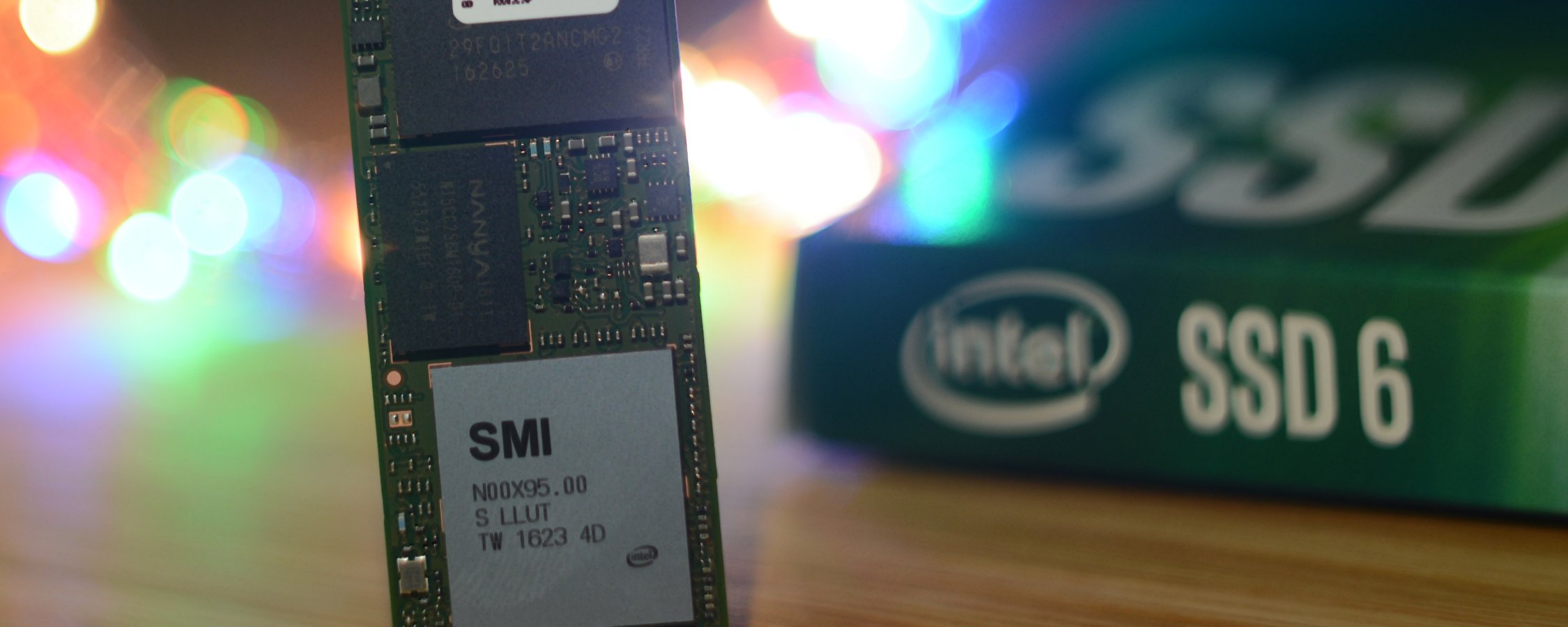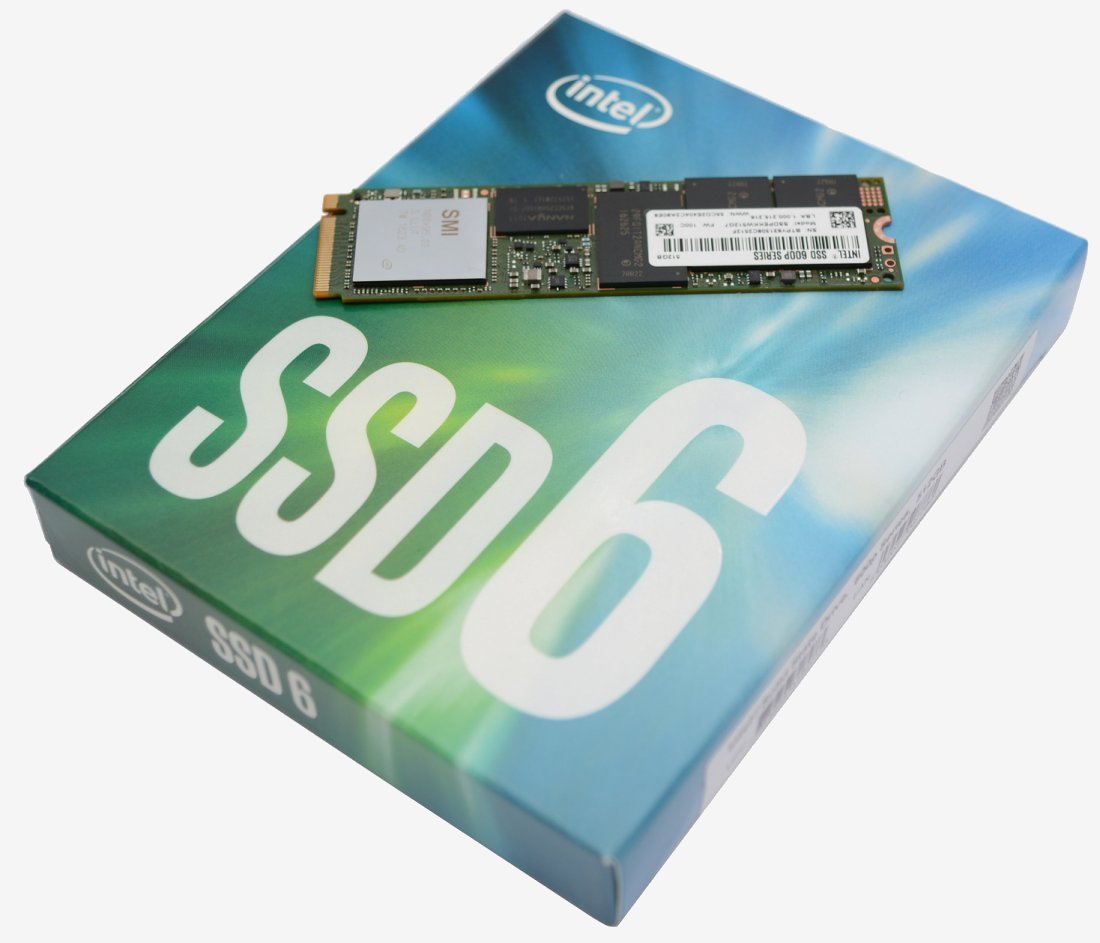Spoiled by Inconsistent Results
The cost per gigabyte of the Intel SSD 600p Series really had us excited. On paper it looked like Intel had answered the prayers of enthusiasts by delivering an M.2 NVMe drive that costs little more than a budget SATA SSD.
With the 600p 512GB in hand I quickly threw it in our test system for some conditioning and then eventually the benchmarks. To get a gauge on performance we first ran CrystalDiskMark and the sequential results were roughly what we were expecting. The random 512K performance looked a little rough but other than that there was decent performance overall, especially given the price.
Our first warning sign was seen during the copy tests. The single large file test went off without a hitch, but sadly the same wasn't true for the 600p's program copy performance and the same woeful performance was seen after a few clean starts, leaving us scratching our heads.
After that we installed Windows 10 on the 600p and began our batch of real-world application tests. Starting with the game install, the 600p beat everything with the exception of the Samsung SSD 950 Pro. Great! Unfortunately, that situation quickly reversed for the virus scan test before ending in what could be viewed as a disaster when measuring backup performance with Acronis True Image.
The 7-Zip large archive extraction test was also a bust as the 600p was trounced by every SATA SSD we had tested. The synthetic PCMark 7 and 8 benchmarks showed mostly strong results but by that point we already knew the 600p performance was extremely inconsistent.
Given what was seen in the 7-Zip, Acronis True Image and program copy tests, it became clear that large writes were a big issue for the 600p. 7-Zip underscored the issue as it provides real time transfer speed information and here we could see the 600p began quite strong but would quickly fade away to under 100MB/s after a five-minute period.
The issue seems to be with the SLC cache which quickly fills up with large writes and causes the drive to shuffle data, ultimately killing performance.
I have looked at a few other reviews that are reporting the same thing, though their tests don't seem to show quite the extreme decline in performance that we saw with 7-Zip and Acronis True Image. The situation wouldn't be nearly as bad had the 600p dropped back to mid-range SATA SSD performance in these tests, but the fact that the drive became so much slower than any SSD previously tested here is a real issue.
Granted, these tests are extreme and we don't expect users will often find themselves extracting a 45GB archive. Full disk backups will still likely occur, but since you won't be writing to the 600p like we did, this shouldn't be an issue either.
Even so, looking at this from a general usage standpoint, the fact that this is a low cost NVMe SSD doesn't really matter. It's a bit like having a race car with loads of horsepower but no torque to get it back up to speed quickly out of the twisty stuff. What I suppose I'm saying is that you're better off with a cheaper SATA SSD that won't get nearly as bogged down in heavy workloads.
AnandTech has avoided recommending the 600p in their latest "Best SSDs" update and we have to agree with that choice. Those seeking a good entry-level SSD are better off spending slightly less on the Crucial MX300 750GB than the 512GB 600p. The top-end performance of the 600p won't be missed under light workloads while avoiding hiccups during sustained writes will be greatly appreciated.
score
Pros: Cheaper than rival M.2 NVMe SSDs, 3D TLC NAND, five-year warranty.
Cons: Inconsistent results stemming from terrible large write performance.


